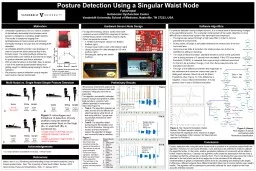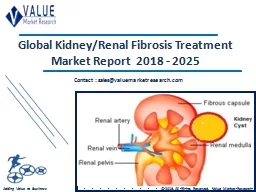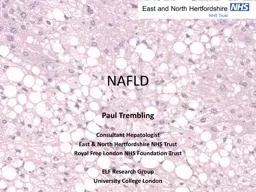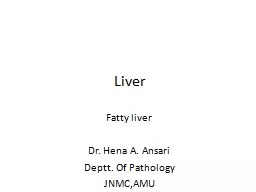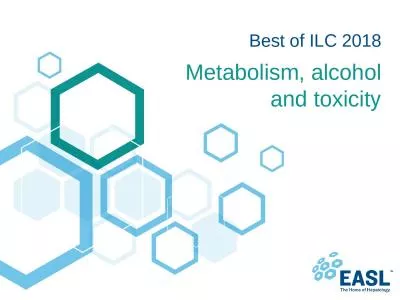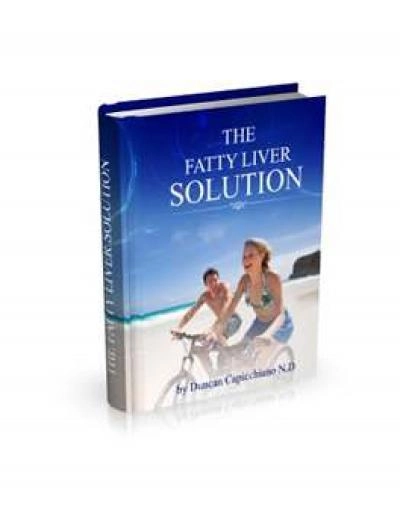PPT-New Insights into the Roadmap of Pathogenesis of Liver Fibrosis
Author : tatiana-dople | Published Date : 2018-10-30
By Dr Eman Gamal ElDin El Ahwany Professor of Immunology Immunology Department Theodor Bilharz Research Institute 3 rd Congress of Hepatitis and Liver
Presentation Embed Code
Download Presentation
Download Presentation The PPT/PDF document "New Insights into the Roadmap of Pathog..." is the property of its rightful owner. Permission is granted to download and print the materials on this website for personal, non-commercial use only, and to display it on your personal computer provided you do not modify the materials and that you retain all copyright notices contained in the materials. By downloading content from our website, you accept the terms of this agreement.
New Insights into the Roadmap of Pathogenesis of Liver Fibrosis: Transcript
Download Rules Of Document
"New Insights into the Roadmap of Pathogenesis of Liver Fibrosis"The content belongs to its owner. You may download and print it for personal use, without modification, and keep all copyright notices. By downloading, you agree to these terms.
Related Documents

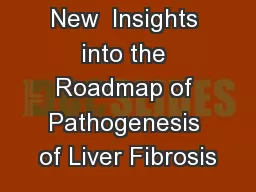
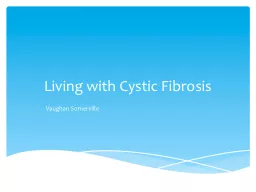
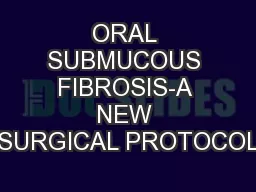
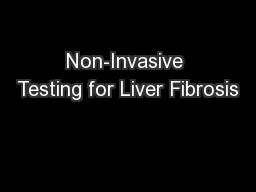
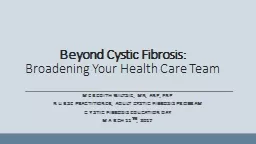
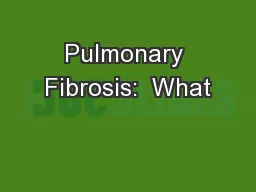
![Nonalcoholic Fatty Liver Disease [NAFLD]](https://thumbs.docslides.com/658991/nonalcoholic-fatty-liver-disease-nafld.jpg)

